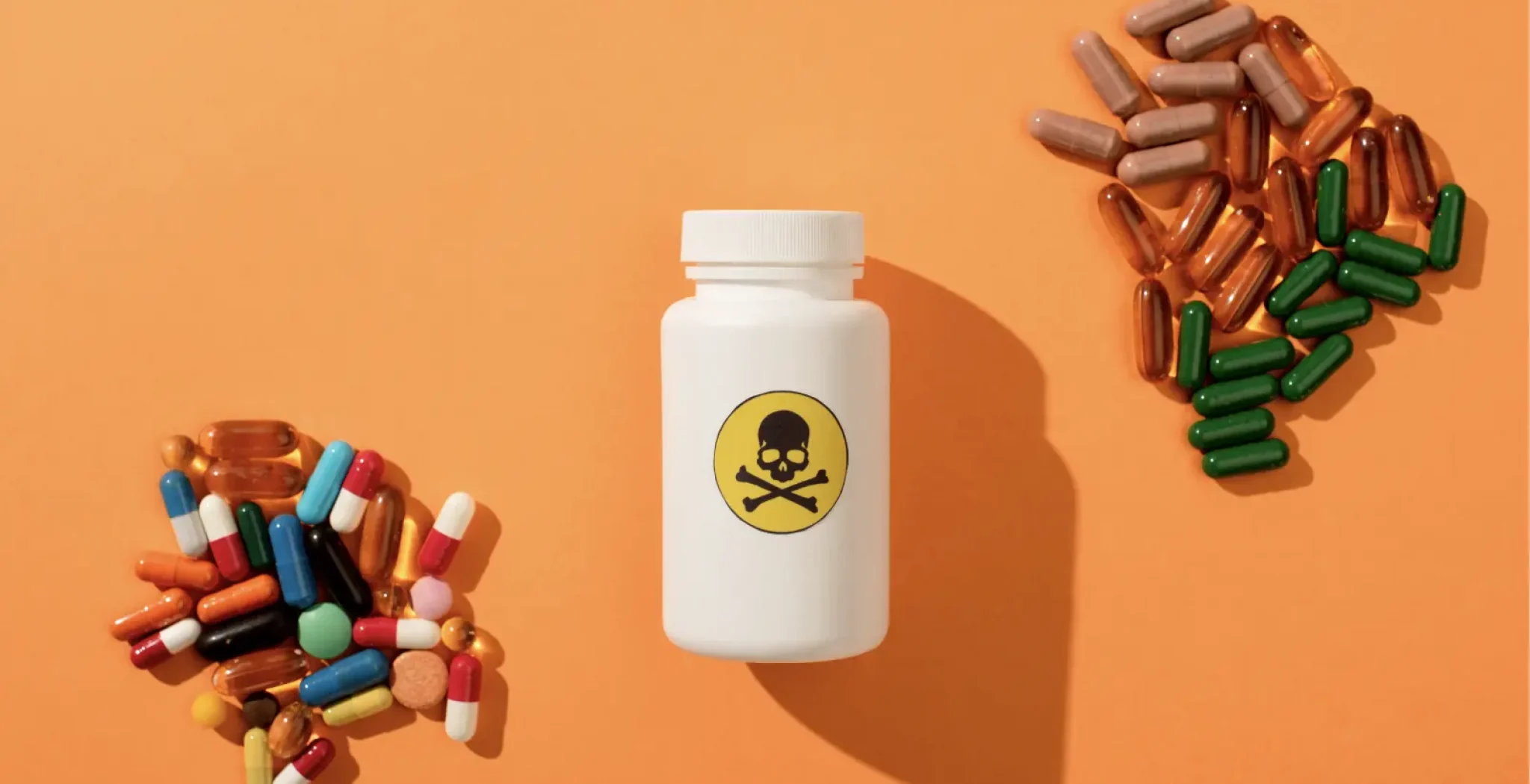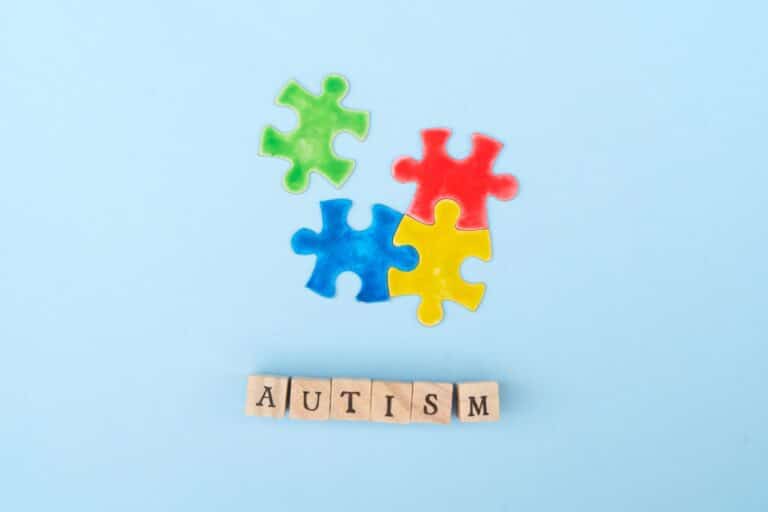According to the Centers for Disease Control and Prevention (CDC), in 2019, the percentage of persons 12 and older who had used any illicit drug in the past month was 13 percent. Additionally, in the past month during the same year, 1.9 percent in that age group abused a psychotherapeutic medication. This data illustrates the prevalence of abuse involving prescription and non-prescription drugs. Specifically regarding opioids, in 2019, there were 10.1 million people who abused these drugs and 9.7 million misused prescription medications.
This widespread opioid misuse has led the government to declare this crisis an epidemic. Opioids, such as oxycodone, hydrocodone, and fentanyl, are highly addictive. These prescription opioids began to be prescribed by doctors in the 1990s.
Although individuals do not intend to get into a situation where they are abusing a substance, it can be challenging to break the cycle of addiction. They may not know how they got to this point or where to turn for help. When increasingly powerful illicit drugs are being sold, such as fentanyl pills, many are unknowingly consuming this highly addictive drug.
But there is help for those struggling with addiction to opioids, including fentanyl and heroin. Understanding what fentanyl is, the dangers of misuse, and treatment options can shed light on the path toward healing.
Substance Use Disorders (SUDs)
When someone has a substance use disorder (SUD), it means they cannot control their use of a substance. They cannot control their substance use despite the consequences of their use. Substance use disorder is often referred to as addiction.
Opioid Use Disorder
When a person is addicted to a particular opioid, they have what is referred to as opioid use disorder. As mentioned above, opioid abuse is a public health emergency. This crisis has resulted in a 22-fold increase in deaths from synthetic drugs like fentanyl from 2002 – 2017.
Symptoms of Opioid Use Disorder
To receive a diagnosis of an opioid use disorder, a person must be engaged in uncontrolled use of an opioid. They should also have at least two symptoms referenced from the DSM-V within 12 months.
Some of these symptoms revolve around the following:
- The individual’s desire to reduce the use of the substance or unsuccessful attempts to do so
- Having an intense craving for the substance
- Continuing to use the substance despite problems at work or with interpersonal relationships
- Taking more of the drug than prescribed or taking the drug for more extended periods than intended
- Significant time spent obtaining or using the substance
- Reducing or stopping activities due to substance use
What is Fentanyl?
Fentanyl is in the class of drugs called opioids, which come from the opium poppy plant. The drug has pharmaceutical and synthetic forms.
Its medically approved form is primarily used to treat severe pain, such as in cancer patients. It can be prescribed as a patch, shot, or lozenge as a legal drug. Fentanyl is a synthetic opioid that has a very high potency.
In its illegal, lab-produced form, fentanyl is 50 – 100 times stronger than morphine. Synthetic fentanyl can be produced as a powder, dropped on paper to look like candy, put in eye droppers or a nasal spray, or mixed with an illegal drug or prescription opioid.
Factors that Contribute to Usage
People may start using fentanyl because of the pleasurable feelings that result from taking the drug. But because fentanyl is so powerful, it is considered extremely dangerous. Many medical professionals attribute the increased usage and deaths from illegal fentanyl in the past few years to a few reasons. These reasons include the drug’s potency, the easiness with which it can be smuggled, and the stress of the pandemic.
How Fentanyl Works
Fentanyl acts upon receptors in the brain that regulate pain and emotions. Initially, someone taking fentanyl can feel relaxed, feel extreme happiness, or experience relief from physical pain.
However, with repeated drug use, a person can develop tolerance. Which means they cannot feel the pleasurable effects of using the drug.
In addition, finding pleasure in other things decreases. As a result, they seek to use more and more of the drug to feel good. The individual becomes trapped in the cycle of addiction.
Effects of Fentanyl
As mentioned above, fentanyl acts upon the emotion center in the brain. Therefore, it can cause the user to feel euphoric. But there are also other possible effects of fentanyl.
These effects may include:
- Drowsiness
- Nausea
- Confusion
- Breathing difficulties
- Unconsciousness
- Death
Dangers of Fentanyl
Fentanyl has increased in popularity as the drug of choice for many in recent years. Due to this increase, it has also become the leading cause of death in the United States for those between 18 – 45 years old. Fentanyl is extraordinarily dangerous for several reasons.
Highly Addictive
Many people take fentanyl because it is so powerful. But because of its potency, fentanyl is very addictive. Addiction can lead to many consequences when one has opioid use disorder. These consequences may include spending a lot of time obtaining or using the drug or destroying personal and professional relationships.
Counterfeit Drugs
Because of the mixing of fentanyl with legal and illegal drugs, the only drugs someone should take are those purchased from a pharmacy. Whether it is heroin, cocaine, oxycodone, or Xanax, the drug could be counterfeit or contain fentanyl.
These sophisticated ‘fakes’ can be consumed by persons who are not aware, which can lead to increased overdose deaths. A Counterfeit pill or other substance can be sold illegally and easily laced with fentanyl.
High Risk of Overdose/Coma/Death
When ingesting fentanyl, it is easy to get into a situation that leads to overdose, coma, or death because such a small amount can be hazardous. For example, a dosage of 2 mg, which can look like a few grains of sand, can be deadly. But many times, fake pills have as much as 5 mg of fentanyl.
Overdosing after ingesting fentanyl is a common issue. When someone overdoses on fentanyl, it can cause their breathing to slow down or stop.
These breathing problems can decrease oxygen to the brain, called hypoxia. A fentanyl overdose can lead to death, but not always. Sometimes, hypoxia can result in brain damage or a coma. Deaths involving a synthetic opioid or prescription drug are not uncommon, especially fentanyl-related overdoses.
Treatment for Fentanyl Addiction
There is treatment available for those addicted to fentanyl. The most effective approaches combine therapy and medication. Medications can help to diminish cravings and withdrawal symptoms, and some can block the effects of fentanyl exposure. Therapy can assist with medication management, modifying attitudes and behaviors about drug usage, and developing other skills necessary for successful living.
Treating Fentanyl Addiction in Southern California
The Mission Viejo location at SoCal Sunrise offers expert and compassionate treatment for opiate addiction. Our recovery program employs behavioral and holistic therapies and evidence-based drug detox. The team of dedicated clinicians and beautiful facilities create a welcoming and supportive environment to advance recovery. If you or someone you know is struggling with substance abuse, take a virtual tour of our facility. Then, consider contacting us for more information and learn about getting started on the road to drug-free living.






